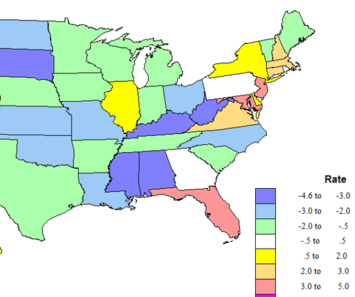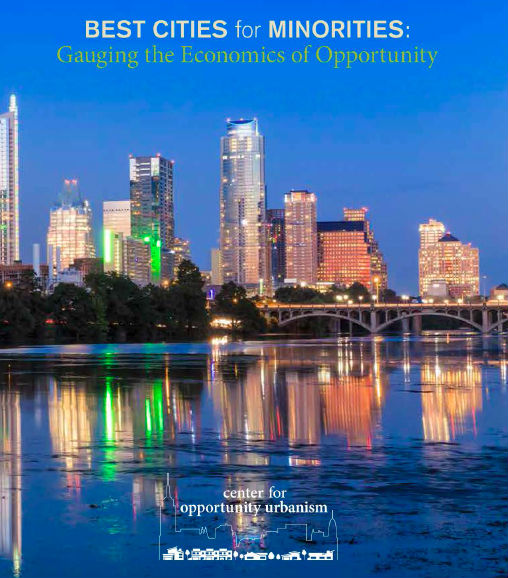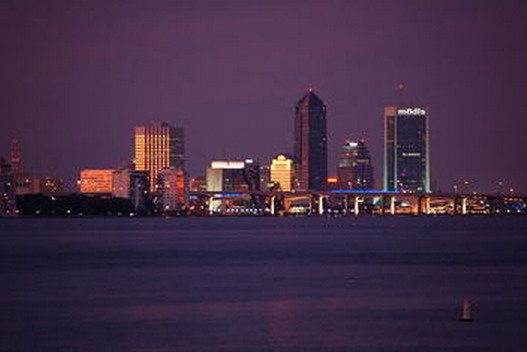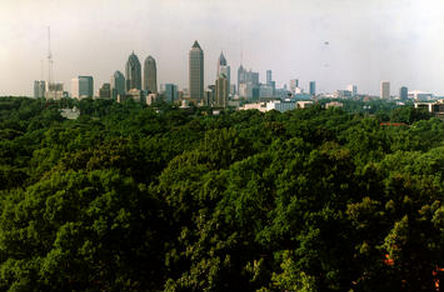Misunderstanding the millennials
BY JOEL KOTKIN
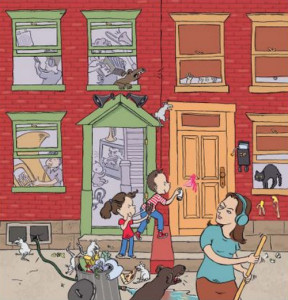
TRIBUNE NEWS SERVICE ILLUSTRATION
The millennial generation has had much to endure – a still-poor job market, high housing prices and a generally sour political atmosphere. But perhaps the final indignity has been the tendency for millennials to be spoken for by older generations, notably, well-placed boomers, who often seem to impose their own ideological fantasies, without actually finding out what the younger cohort really wants. The reality, in this case, turns out far different than what is bespoken by others.
Nowhere is this tendency clearer than in the perception of what kind of life – and what places – will millennials find attractive. Generally, the narrative goes like this: Millennials are different, they don’t care about owning homes, detest the suburbs and would prefer to spend their lives in dense apartment blocks, riding the rails or buses to whatever work they might be able to find.
Urban theorists, such as Peter Katz, insist that millennials (the generation born after 1983) have little interest in “returning to the cul-de-sacs of their teenage years.” Manhattanite Leigh Gallagher, author of “The Death of Suburbs,” asserts with certitude that “millennials hate the suburbs” and prefer more eco-friendly, singleton-dominated urban environments.
Such assessments thrill the likes of real estate speculators, such as Sam Zell, who welcomes “reurbanization” as an opportunity to cash in by housing a generation of Peter Pans in high-cost, tiny spaces unfit for couples and unthinkable for families. Others of a less-capitalistic mindset see in millennials a post-material generation, not buying homes and cars and, perhaps, not establishing families. Millennials, for example, are portrayed by the green magazine Gris as “a hero generation” – one that will march, willingly, even enthusiastically, to a downscaled and, theoretically, greener future.
In reality, these views reflect more fantasy than reality, as a host of surveys of millennials demonstrate. When asked – in a 2010 survey by Frank Magid and Associates – where would be their “ideal place to live,” more millennials identified suburbs than previous generations, including boomers. Another survey, published last year by the National Association of Homebuilders, found that 75 percent of millennials favor settling in a single-family house, 90 percent preferring the suburbs or even a more rural area but only 10 percent the urban core.
This, not surprisingly, is not what you read about regularly in the New York Times or the Wall Street Journal. Young reporters, virtually all of whom live in dense, expensive places like New York or Washington, instinctually believe the world they know first-hand, the one in which they and their friends reside, epitomizes their generation. Most Americans, however, are not young, highly educated or likely to ever be Manhattan or Brooklyn residents. Indeed, only 20 percent of millennials live in urban core districts; nearly 90 percent of millennial growth in major metropolitan areas from 2000-10 occurred in the suburbs and exurbs.
What about homeownership? Much has been written about how the under-30 population is either living at home or cannot buy a house. This is true to a large extent, but does not reflect their deepest aspirations, note authors Morley Winograd and Mike Hais.
A full 82 percent of adult millennials surveyed said it was “important” to have an opportunity to own a home. This rose to 90 percent among married millennials, who generally represent the first cohort of their generation to start settling down.
Another survey, this one by the online banking company TD Bank, found that 84 percent of renters ages 18-34 intend to purchase a home. Still another survey, this one from Better Homes and Gardens, found that three in four saw homeownership as “a key indicator of success.”
In a 2014 survey by the Demand Institute (sponsored by Nielsen and the Conference Board), millennials also were found to favor suburbs, embrace homeownership and crave more space, much like previous generations. If they are not buying now, the survey suggested, economic reasons seem to be the predominant explanation. The vast majority plan to get married, and most plan to have children in the next five years. “They are still,” the study notes, “seeking the American Dream.”
Some of this simply reflects the aging of millennials. As Jed Kolko at the real estate website Trulia has pointed out, the proclivity for urban living peaks in the mid-to-late 20s and drops notably later. Over 25 percent of people in their midtwenties, he found, live in urban neighborhoods; but by the time they move into their midthirties, it drops to no more than18 percent.
The impact of the aging process – the maturation, however delayed, upon millennials – will soon become acutely obvious to all but the most emotional retro-urbanist. In 2018, according to Census Bureau estimates, the number of millennials entering their 30s will be larger than those in their 20s, and the trend will only get stronger, with the numbers tilting ever more in favor of the thirtysomethings. Kolko suggests that we may already have passed “peak urban millennial.”
Some in the media portray this as reflecting the fact that core cities are so attractive that they have become unaffordable for all but the wealthiest. Millennials are thus “driven” to the suburbs by cost considerations, but not preference.
In trying to conform the suburban trend with their belief in high density, some insist that millennials are heading to the suburbs, but only to transfer the urban way of life there. This thesis that young people are moving into suburbs to create faux cities misreads why millennials move. Sure, younger people, like most others, would like convenient places to work, nice parks and perhaps a traditional Main Street, or even something like the Irvine Spectrum or the Valencia Town Center. However, don’t expect them accept many of the things – greater congestion and density, much higher rates of crime and poverty and, most importantly, poor schools – that chase families out of cities.
Of course, some close-in suburban areas – think Bethesda, Md., Newton, Mass., Beverly Hills, South Pasadena or Palo Alto – have done well, but are also prohibitively expensive. Overall, though, the inner-ring suburbs – as we saw with events last year in the St. Louis suburb of Ferguson, Mo. – now often exhibit many of the very negative characteristics associated with cities. In fact, inner-ring suburbs have experienced the largest outmigration in metropolitan America – even as downtowns have grown – while the fastest-growing areas are once again those on the periphery.
If you want to see the millennial future, the places to focus on may not been trendy downtowns, where relatively few younger adults reside, but in more far-flung suburban communities, such as Eastvale, in Riverside County, or those now growing in south Orange County, as well as the new planned developments going in from Denver to Houston.
Misunderstanding Millennials Goes Beyond Geography
Misunderstandings about millennial expectations and realities extend beyond geography. Politically, for example, they may harbor liberal social attitudes, notes chronicler Winograd, but not the messianic, ideological orientation of many baby boomers, particularly in the pundit class. Millennials are less likely, for example, to call themselves environmentalists than their boomer parents or embrace their parents’ strident politics, whether left or right. Millennials, notes Winograd, are “pragmatic idealists” who think the best way to achieve change is to work at it at the local level and adopt practical, inclusive solutions.
They may not be conservative, but millennials are not largely mimicking the the hippie generation. They are, if anything, more focused on being good parents than were their elders, notes Pew, perhaps reflecting the ubiquity of divorce in their parents’ generation. Some also suggest they are also fundamentally more “Victorian” – for example, in terms of favoring drugs, violence and drinking – than their boomer predecessors.
This suggests that the future may prove more nuanced than many progressives hope, and some conservative fear. Most millennials will end up married, and with children, and living, if they can, in single-family homes, although perhaps later in life. When they arrive en masse, though, they will transform the suburbs, but not destroy them. City planners, like those in Atlanta, who are bending over backward to appeal to “urban-oriented” millennials, by building such things as streetcars, may have a better chance if they offered potential suburbanites important things such as good schools and safe streets.
What the millennials are not about being a “hero generation,” sacrificing themselves at the altar of progressive ideology. Similarly, their communitarian values mean they likely won’t embrace a “me generation” mindset, as suggested by some libertarians. They will muddle along, finding their own way, but odds are that, in the end, they will grow to resemble earlier generations of Americans in ways that may surprise us older folks, and maybe even the millennials themselves.
Joel Kotkin is the R.C. Hobbs Fellow in Urban Studies at Chapman University in Orange and the executive director of the Houston-based Center for Opportunity Urbanism (www.opportunityurbanism.org).
His most recent book is “The New Class Conflict” (Telos Publishing: 2014).

